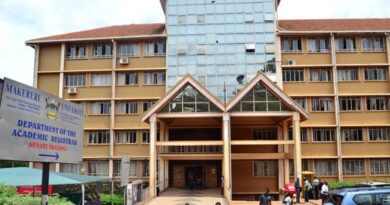When Longevity Becomes a Burden: Uganda’s Aging Population Struggles for Survival
Uganda is witnessing a dramatic demographic shift. While life expectancy has risen thanks to improvements in nutrition, sanitation, and healthcare, this progress comes with a cost: caring for a rapidly growing elderly population. Since 2003, the number of Ugandans aged 60 and above has more than doubled—yet support systems remain woefully inadequate.
The government’s SAGE pension scheme offers a meager $7 per month—and only to those over 80. Bureaucratic hurdles mean many who are eligible never receive it. Approximately 40% of elderly Ugandans live in extreme poverty, often forced into informal work like mat weaving or firewood gathering just to survive.
Non-governmental organizations, largely focused on youth and maternal health, leave minimal coverage for elders. UNDP and other agencies are sounding the alarm: without comprehensive national planning, the neglected elderly may overwhelm fragile infrastructure.
This demographic trend, once seen as a sign of progress, now informs a deeper societal crisis: when longevity outpaces planning, survival becomes a struggle.




